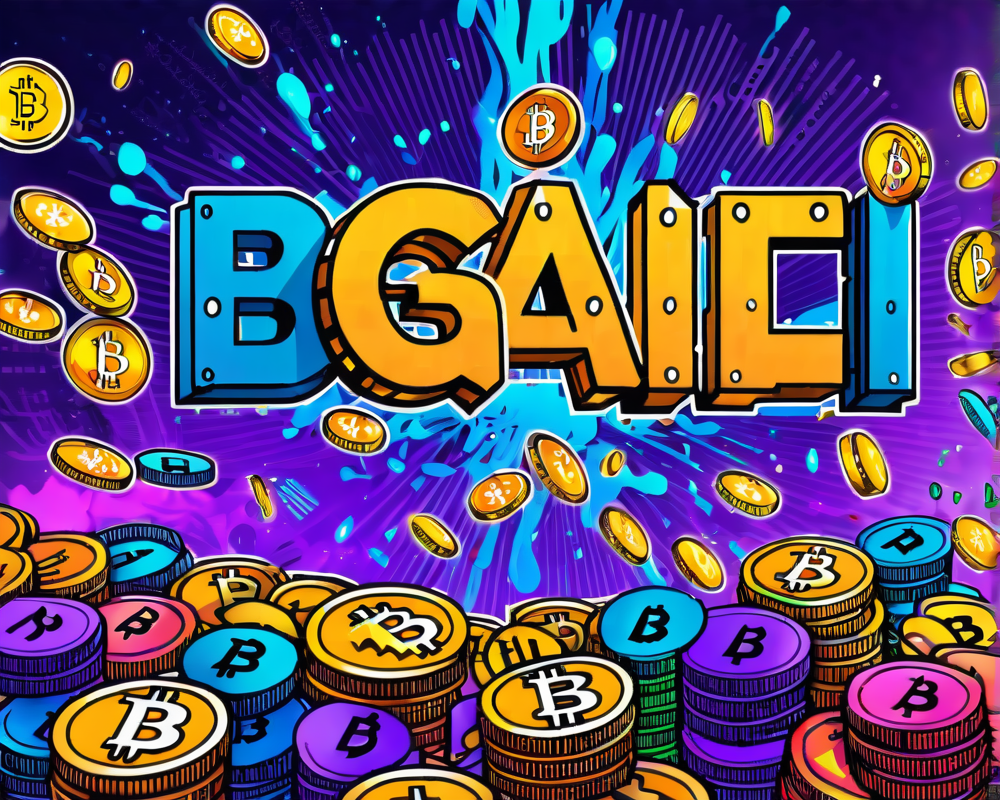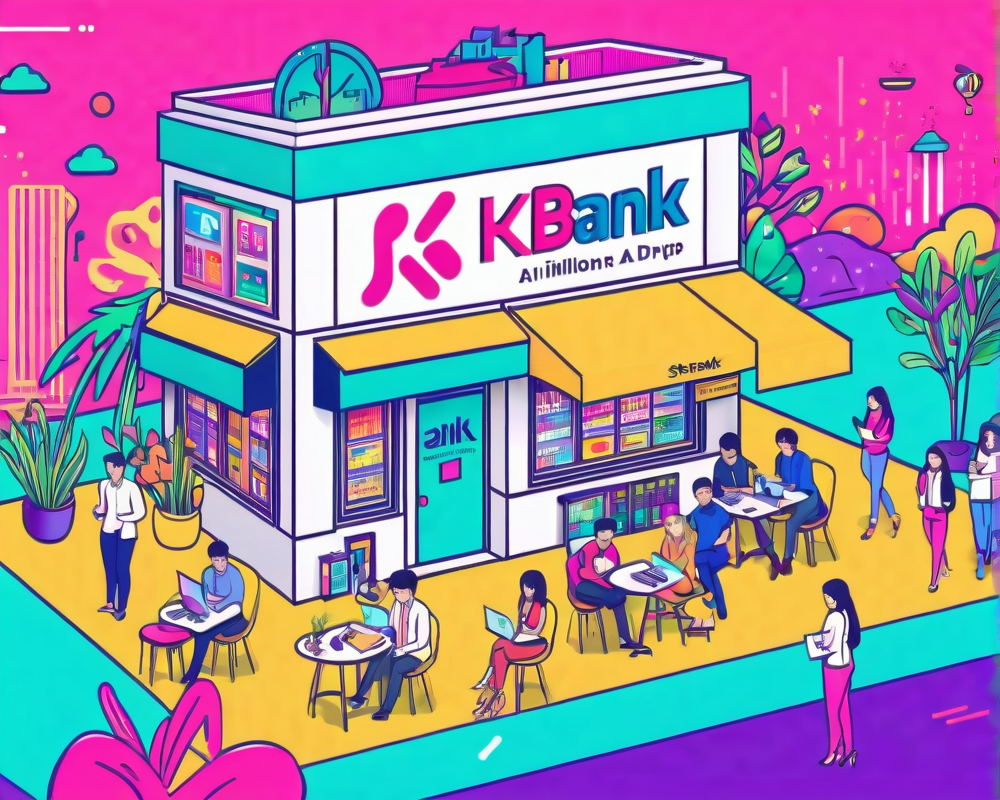The DeFi Boom: What’s Behind the Surge?
This month, decentralized finance, or DeFi, has unlocked over $14 billion in value. With numbers like that, it’s hard not to get excited! But is this just another bubble waiting to pop? As much as we might want to believe in financial utopia, history tells us that extremes often meet an unhappy ending. We need a golden mean where traditional finance (CeFi) and DeFi can coexist and evolve. It’s like trying to get your cat and dog to share the same couch—possible, but definitely requires some patience.
The Mighty Challenges DeFi Faces
Let’s not sugarcoat it—DeFi has its fair share of vulnerabilities. In 2020 alone, over $100 million was lost to hacks due to security flaws ranging from code bugs to flash loan attacks. Imagine that—multimillion-dollar mistakes that sound worse than dropping your grandmother’s favorite vase! However, the silver lining is that awareness is growing. DeFi platforms are beginning to recognize the importance of security audits, paving the way for improvement.
Auditing: Learning from Mistakes
Security auditing in DeFi is still a budding industry. But with this youth comes the hope for new standards and practices that can take cues from CeFi’s established protocols. Here’s how it breaks down:
- Enhanced Auditing: Comprehensive audits can help catch flaws before they become costly mistakes.
- Market Perspective Audits: By understanding market vulnerabilities, DeFi can prevent catastrophic events from occurring.
- Collaboration: CeFi players are already talking strides in improving security in the decentralized realm.
Institutional Investment: An Uphill Battle
Attracting institutional investors to DeFi sounds like trying to convince a cat to take a bath—good luck! Anonymity in DeFi can deter large-scale investments as these institutions prefer known entities. However, if DeFi improves its security, it could change the narrative and encourage a blossoming relationship between traditional and decentralized finance.
User Experience: The Accessibility Dilemma
Let’s talk about user-friendliness. DeFi platforms can be as complicated as assembling IKEA furniture without the manual. Many people feel overwhelmed by the technical jargon, limiting DeFi’s audience. In contrast, CeFi products resemble something we can all understand—like using a toaster. Transferring the simplicity of CeFi to DeFi could significantly enhance user satisfaction and adoption.
Shining Examples: What DeFi Offers CeFi
While DeFi may have its challenges, it has brought some fantastic innovations, especially in providing unbanked individuals with access to financial services. Flash loans, despite their reputation, exemplify financial democratization, leveling the playing field for smaller investors.
Learning from Failure: The Right to Fail
Trial and error is key for any evolving industry. DeFi’s failures offer learning opportunities that traditional finance usually avoids due to bailouts and government interventions. Projects that have stumbled can teach us invaluable lessons, making the entire crypto space stronger. The likes of Harvest and Yam display admirable transparency about their mishaps, demonstrating growth in real-time—something you don’t often see in the CeFi world!
A Crossroad: Finding Balance for Future Growth
As we move forward, it’s crucial that DeFi doesn’t remain insular but rather finds ways to innovate and integrate with the broader financial ecosystem. The ideal narrative is a collaboration that combines DeFi’s visionary ideals with CeFi’s robust structures. The result? A balanced approach to crypto that serves the community and addresses real-world challenges in a sustainable manner.




